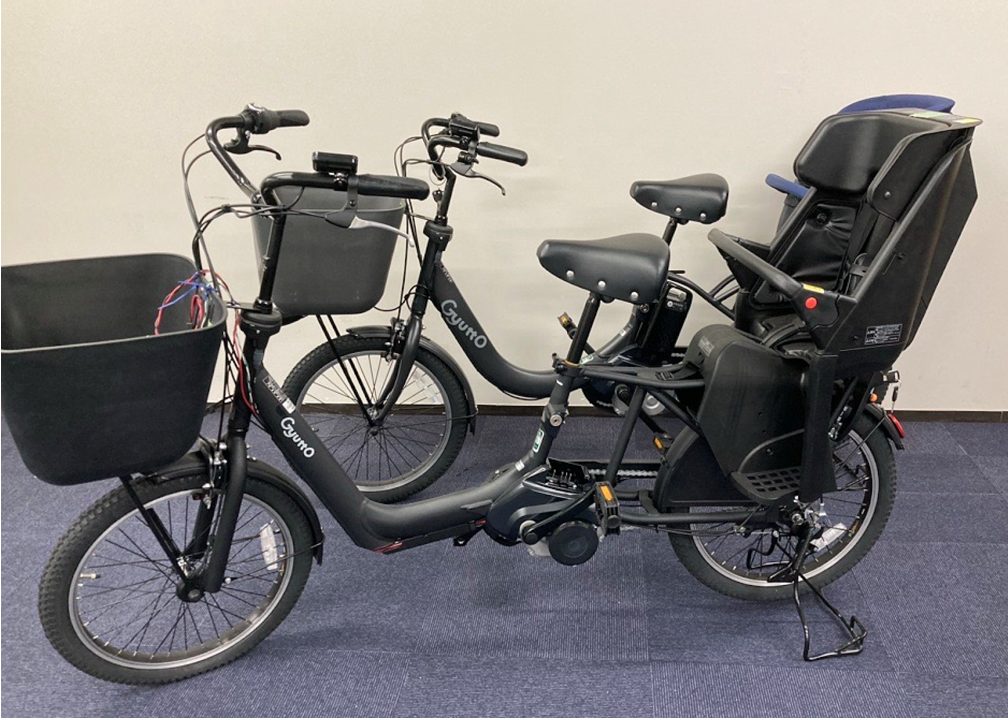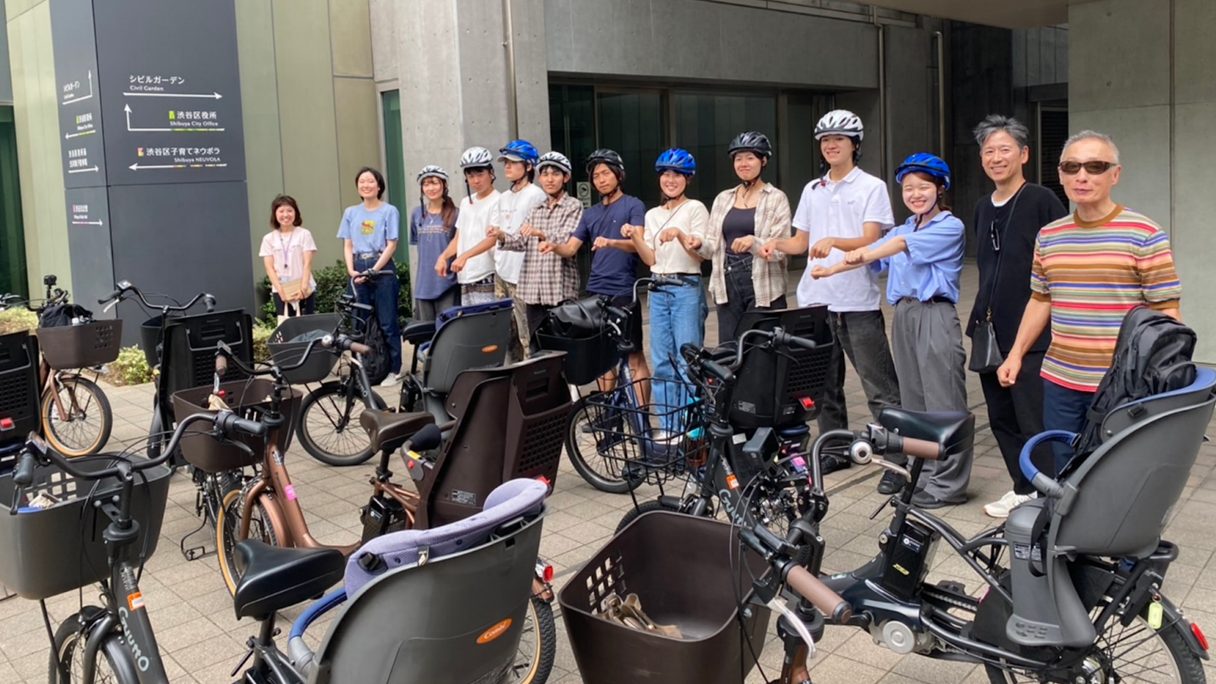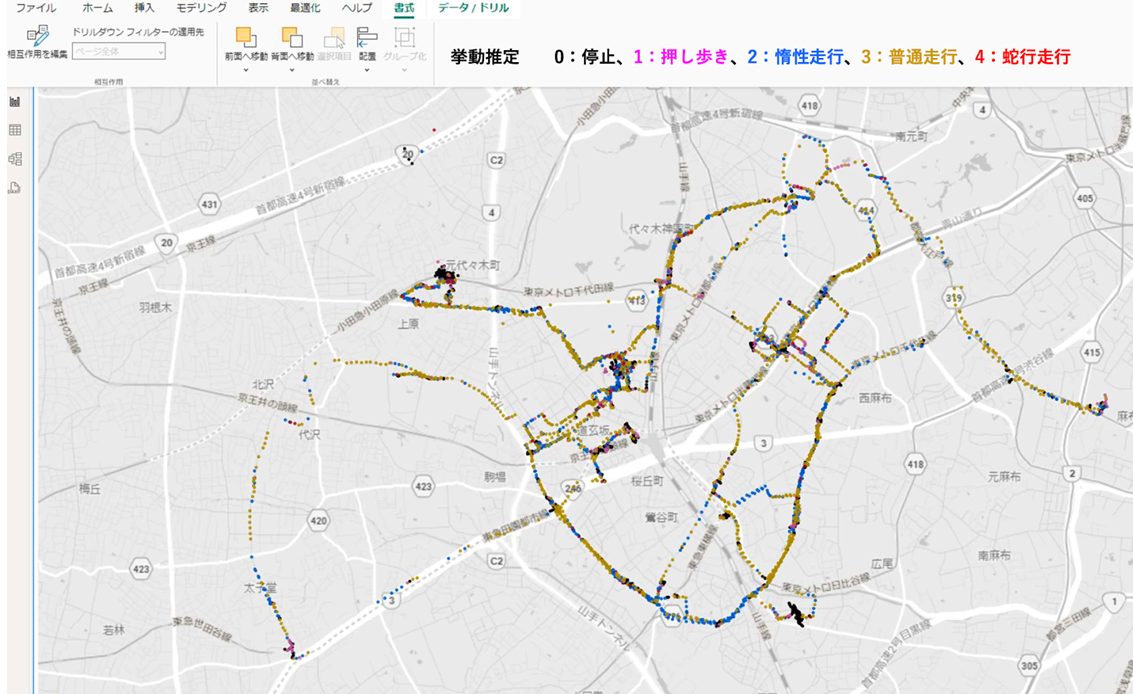
As part of the "Bicycle City Development Initiative," a preliminary experiment was conducted to collect data using IoT bicycles to verify the feasibility of utilizing mobility data from bicycles, small mobility vehicles, etc.
In considering the Shibuya Ward Bicycle Promotion Plan's "Development of a bicycle environment suited to each ward's characteristics," it is necessary to develop a bicycle environment based on data. In accordance with the basic contract for joint research with Meiji University on the promotion of cutting-edge town development projects that address social issues specific to Shibuya Ward and comprehensive research into the practice of urban design, a preliminary data collection experiment using an IoT bicycle was carried out on Saturday, September 21st.
The IoT bicycle is an experimental electric-assist bicycle developed by Panasonic Corporation that can be ridden on public roads, and in addition to speed, torque, etc., it will be possible to view data such as riding behavior, latitude, longitude, etc.
In this experiment, we enlisted the cooperation of nine students from the Meiji University Architecture and Urban Design (Hiroyuki Sasaki) Laboratory, who spent the time between 10:00 and 16:00 by bicycle within Shibuya Ward, collecting various data. Starting from Shibuya Ward Office, the students decided on cultural facilities such as the Shoto Museum of Art and the Yamatane Museum of Art, as well as the area around the National Stadium, and spent time within Shibuya Ward.

Students who actually spent a day cycling in Shibuya Ward shared their impressions, such as, "There were a lot of pedestrians, and both the sidewalks and the road were crowded with people and cars, making it difficult to cycle," "There were cars parked on the road, making it difficult to cycle," and "In areas where there were bicycle lanes (Yamate-dori), I was able to cycle safely and comfortably." These clarified issues and areas for improvement in the bicycle environment.
With Panasonic Corporation's IoT bicycle, you can view estimated behavior results for stopped, pushed, coasting, normal riding, and zigzag riding on a map.

In the future, we plan to combine student feedback with the data, analyze it from both quantitative and qualitative perspectives, and use the data to improve the bicycle environment.

